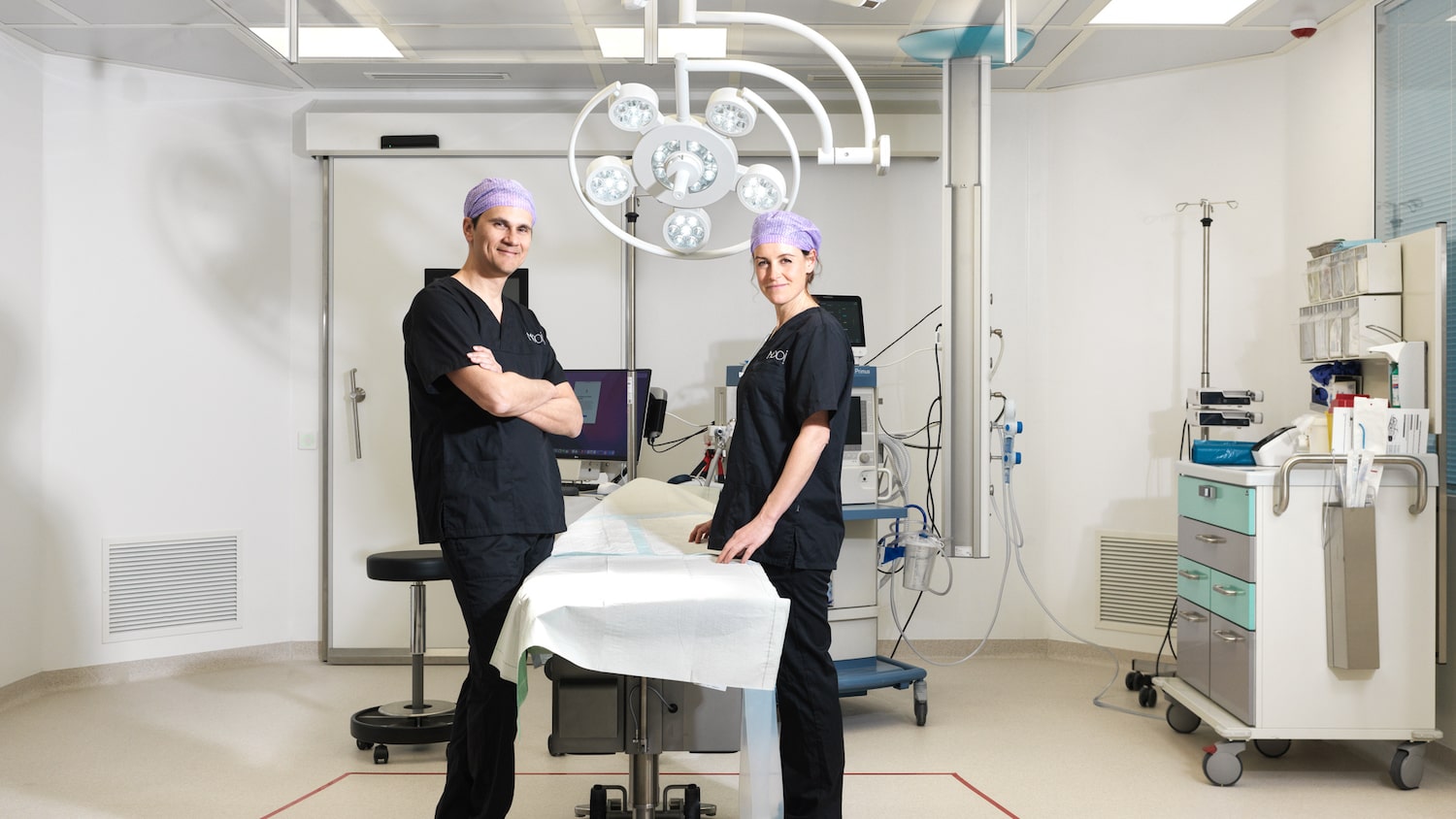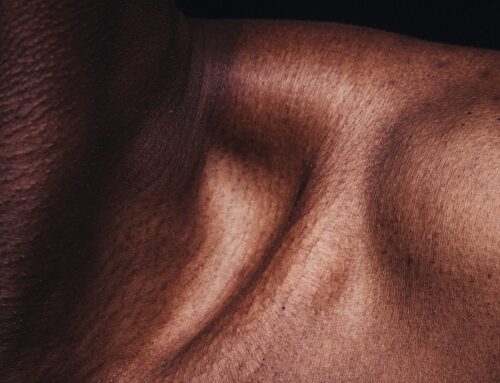Deep Plane Facelift: latest technology
Those thinking about a facelift, or facial rejuvenation, also come across the term “Deep Plane Facelift.” This is a new surgical technique, originating in America, which is now also used in the Netherlands. This new surgical technique requires experience and very good technical skills, and only a few plastic surgeons in the Netherlands perform this Deep Plane Facelift. So does our plastic surgeon Darren Booi. In this interview, Darren talks more about Deep Plane Facelifts.
Can you explain to us what a Deep Plane Facelift is and how it differs from other facelift techniques?
Yes please!
First some theory: in our face there is a connective tissue structure under the skin containing our facial muscles. This allows us to move our face. Evolution has made this into a complex structure, which causes the face to be partly fixed to our skull and partly able to move. Being able to move the face is not only of functional importance (for example, closing the eyes when sleeping and keeping the mouth closed when eating, at least in most people ;-) but very much also of communicative and emotional importance. Just think about expressing our emotions; by laughing, looking sad or angry, or turning up your nose when you smell or taste something dirty.
The connective tissue structures where our face is attached to our skeleton are called ligaments. Because of these ligaments and the laxity (decreasing elasticity of tissue) caused by aging, we develop the characteristics of aging. We will discuss this in more detail in a future blog.
A Deep Plane Facelift is an advanced facelift technique that focuses on loosening these ligamentous structures. The goal is to reposition and elevator these tissues to restore a natural, youthful appearance.
What makes this technique so special?
Unlike a traditional facelift, which targets the skin and underlying SMAS (Superficial Musculo Aponeurotic System) layer, the Deep Plane Facelift technique targets the deeper tissues that contour the face.
Why is this technique chosen? It has two major advantages, namely:
- it gives a more natural look, AND
- this facelift has the longest result.
An added benefit is that the Deep Plane treatment does not take longer to recover from. There is also no visible tightening of the skin because the facial tissue is lifted as a whole. Thus, this facelift often has the best and longest results.
I thought a facelift was always a permanent result?
This is true, but it is important to understand that the facial aging process still continues after surgery. You don’t stop getting older. The effect and duration of each facelift technique also depends on the firmness of the connective tissue. The deeper into the facial layers the facelift is performed, the longer the results will remain visible. Smoking, by the way, has a negative influence on this.
What wrinkles or problems does this facelift address?
With the Deep Plane Facelift, we can address and significantly reduce wrinkles from the ears to the nasolabial fold. You also get a tighter jawline by lifting sagging cheeks. During surgery, part of the neck is also taken.
What wrinkles are you not addressing with this facelift?
Wrinkles on the upper lip, or so-called smoker’s lines, cannot be addressed with any facelift. Also, the area from and above the eyes; the position of the eyebrows and forehead are not included. However, treatments such as eyelid surgery or forehead elevator can be combined with a facelift. Deep vertical lines at the neck will also improve but not completely disappear with a facelift. In this case, an additional neck elevator may be chosen.
What is the recovery like after this procedure?
It may surprise you, but recovery is often very successful and quick. Although the Deep Plane facelift is an extensive procedure, the healing period of each facelift is almost the same and sometimes even slightly faster. After two weeks, in most cases you will be presentable again!
Why doesn’t everyone choose this technique?
It is very important with the Deep Plane technique that you choose a skilled and experienced plastic surgeon. Because in this method, the plastic surgeon works near the nerves of the face. These, of course, must remain intact. Thus, there is a greater risk of complications with this. Therefore, the Deep Plane Facelift is more expensive than the traditional facelift.
What are the risks associated with a Deep Plane Facelift?
As with any surgery, there are risks associated with a Deep Plane Facelift, including infection, bleeding, anesthesia reactions and nerve injury. But having the facelift performed by a specialized plastic surgeon, combined with proper preparation and care before and after the procedure, can minimize the risk of complications.
So there are only a few surgeons in the Netherlands who perform this procedure?
Yes, within plastic surgery there are still many specializations, such as hand surgery, reconstructive surgery, facelifts, etc. Breast augmentation is a completely different type of procedure than a facelift. For this, a plastic surgeon needs different knowledge and skills. MOOI Clinic employs 10 plastic surgeons, 3 of whom specialize in facelifts. Facelifting, is done weekly by our plastic surgeons. All our surgeons attend annual continuing education in the field of aesthetic plastic surgery.
Interested in a facelift? Schedule a consultation with one of our 3 surgeons first!








